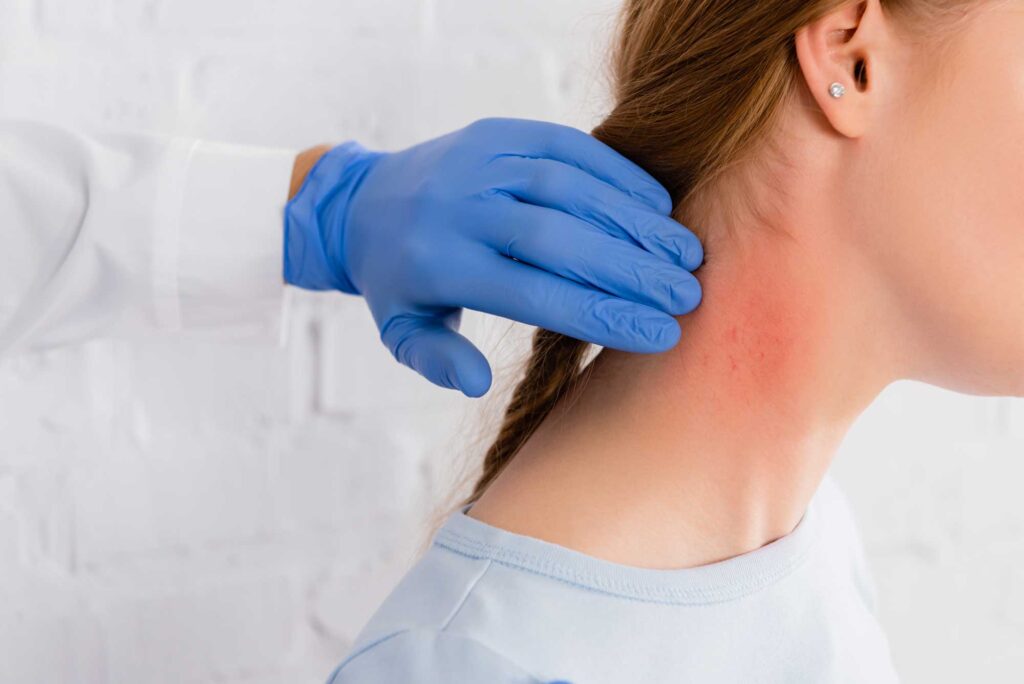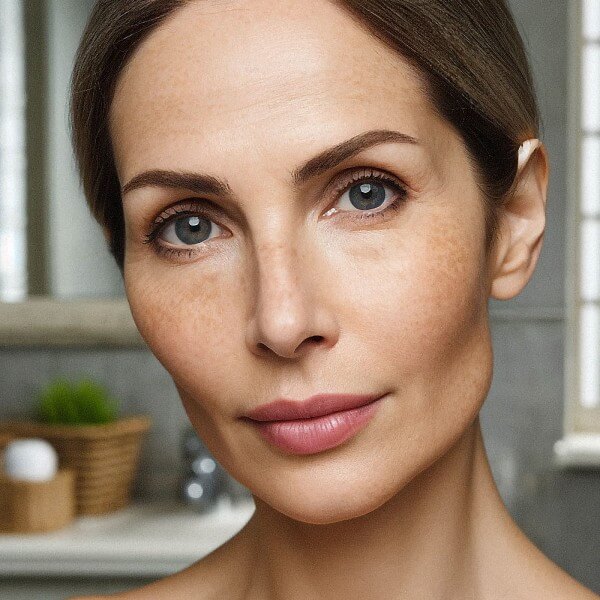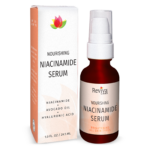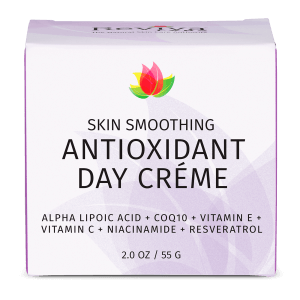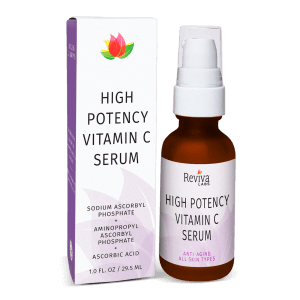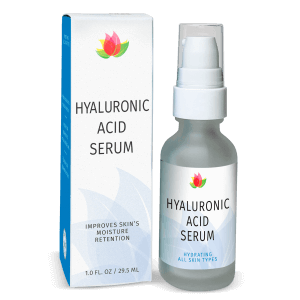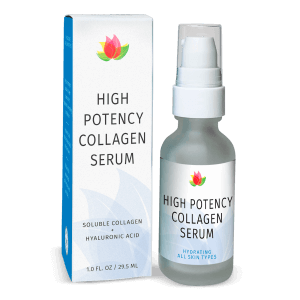Natural, Reviva Labs, Skin Care
Quiet the Fire Beneath Your Skin – How do you calm down skin inflammation?
Sun‑baked cheeks that tingle for hours, a surprise patch of heat after a new face wash, or that tight, itchy feeling that seems to arrive out of nowhere – skin inflammation wears many masks, yet the distress it causes is unmistakable. A 2022 population survey published in Journal of the European Academy of Dermatology and Venereology found that more than half of adults describe their skin as “sensitive,” with redness and burning ranking among the top complaints, underscoring just how common inflammatory flare‑ups have become. The good news is that calmer days lie ahead. By pairing gentle care with barrier‑building nutrients and thoughtful lifestyle tweaks, you can coax irritation into retreat and restore a comfortable, evenly toned complexion without relying on harsh measures.
Inflammation is a natural defense, but when that defense misfires – or fires too often – the result can be persistent flushing, papules, and a stinging or itching sensation that refuses to subside. Sometimes the culprit is obvious, such as a strong retinoid used too frequently, a midday sunburn, or an aggressive facial scrub. Yet just as often the spark is invisible: airborne pollution, extremes of temperature, psychological stress, or leave‑on residue from laundry detergents. Because the skin’s immune cells sit close to the surface, they respond to insults quickly. Blood vessels dilate to increase nutrient delivery, immune messengers flood the area, and nerve endings become hypersensitive. What begins as a protective cascade ends in an uncomfortable, sometimes embarrassing flush that can linger if the underlying trigger persists.
Many find that flare‑ups come in cycles: a calm stretch punctuated by sudden irritation. This revolving door often points to a weakened barrier – the multilayer lipid matrix that seals moisture in and irritants out. When that shield thins, even modest exposures ignite alarm bells. Strengthening it requires patience, consistency, and a willingness to strip routines down to what skin truly needs. Chasing aggressive treatments in the hope of quick relief frequently backfires, prolonging redness and slowing recovery.
Skin Loves Gentle TLC
The first act in any soothing strategy is a kinder cleansing ritual. Foam and gel cleansers that create dense suds rely on high‑strength surfactants that tug away protective oils while they whisk away grime. A mild, low‑suds lotion or milk, worked over the face with fingertips for under a minute and then rinsed with lukewarm water, preserves the fragile lipid layer and prevents transepidermal moisture loss. Cleansing once at night is usually enough; in the morning, a splash of room‑temperature water followed by a soft towel press refreshes without stripping.
Equally important is water temperature. Hot showers feel indulgent, but they widen capillaries and dissolve intercellular lipids, worsening redness. Aim for tepid water – just warm enough to be comfortable – and finish with a brief cool rinse that encourages vessels to contract. Pat, never rub, the skin dry; friction acts like micro‑sandpaper on an already irritated surface.
Textiles come next. Rough washcloths, wool scarves, and even the collar of an exercise shirt can chafe sensitized skin. Swap to buttery‑soft microfiber or bamboo cloths and choose clothing labels marked “smooth finish” or “seamless.” At night, laying the cheek on a silk or satin pillowcase minimizes mechanical irritation and allows leave‑on treatments to stay put rather than rubbing off onto cotton.
Feeding the Barrier
A fortified barrier is inflammation’s natural antidote, and that fortification begins with lipids. Ceramides, cholesterol, and free fatty acids exist in an ideal ratio inside healthy skin; topical creams that mimic that ratio plug microscopic holes created by age, soap, and UV damage. Within days, water loss slows, and defensive cells stop signaling distress so loudly.
Humectants follow lipids in importance. Glycerin, panthenol, and hyaluronic acid draw ambient moisture into the stratum corneum, keeping keratinocytes pliant and less prone to micro‑fissures that can invite irritants. Apply humectant‑rich serums to damp skin, then seal with an emollient to trap the newfound hydration.
Essential fatty acids round out barrier nutrition. Evening primrose, hemp, and chia oils deliver linoleic and alpha‑linolenic acids – building blocks skin cannot synthesize. A few drops massaged over cheeks and forehead soften texture while dialing down pro‑inflammatory mediators. One example awaits on natural‑beauty shelves: Reviva Labs Calming Renewal Serum, a lightweight blend of hemp, rosehip, and turmeric extracts that supplies omegas alongside botanical antioxidants for a double calm‑and‑shield effect. Used nightly beneath a ceramide cream, many users notice less morning redness within a fortnight.
Smart Active Ingredients
Not all actives are off‑limits when skin is irritable. Niacinamide, a vitamin B‑derivative, shines at concentrations as low as two percent, strengthening barrier proteins like filaggrin while quieting the enzyme that generates redness‑inducing histamine. Because it functions in both oil and water environments, it easily slips into toners, serums, and moisturizers, making consistent dosing straightforward.
Botanical anti‑inflammatories lend gentle support. Green tea polyphenols scavenge free radicals released in response to UV rays, turmeric curcumin curbs NF‑κB signaling inside keratinocytes, and Centella asiatica’s triterpenes stimulate fibroblasts to repair microdamage faster. When sourced and stabilized properly, these extracts offer a soothing spectrum without the rebound flare sometimes seen with topical steroids.
Speaking of steroids, a low‑strength hydrocortisone cream remains a valid rescue tool for sudden, intense flare‑ups on medical advice. Restrict use to the smallest area for the shortest time – usually three to five nights – then transition back to botanical or vitamin‑based calmers. Prolonged steroid exposure thins the dermis over time, ironically increasing susceptibility to future irritation, so keep it in reserve.
Lifestyle Allies
The skin is in ongoing conversation with the nervous and endocrine systems, and stress hormones often shout the loudest. Cortisol surges trigger vasodilation and ramp up sebum in some individuals, explaining why high‑pressure deadlines or lack of sleep coincide with flushing or breakouts. Incorporating slow, diaphragmatic breathing for five minutes twice daily lowers sympathetic tone, and studies show visible reductions in redness after eight weeks of practice.
Diet exerts parallel influence. Meals heavy in refined sugars spike insulin, which cascades into inflammatory cytokine release. Lean proteins, colorful produce, and omega‑3‑rich fish provide anti‑inflammatory nutrients alongside antioxidants that partition into sebum and defend against environmental stressors. Even modest tweaks – swapping a sweet afternoon latte for green tea with a squeeze of lemon – deliver measurable improvements over months.
No repair process completes without sleep. During deep stages, repair enzymes peak and microvascular circulation increases, ferrying nutrients to the epidermis. Falling short by even one hour repeatedly lengthens inflammatory cycles. Cultivating a nightly wind‑down – low light, screens set aside, cool room temperature – significantly boosts overnight recovery.
Rapid Rescue Methods
When a flare still breaks through, immediate relief often lies in cooling. A clean gel pack wrapped in cotton and applied for ten‑minute intervals constricts vessels, slows nerve conduction, and dampens the burning sensation without introducing new chemicals. Colloidal oatmeal baths provide a similar chill while delivering β‑glucans that bind histamine, offering whole‑body peace for widespread irritation.
Mind the forecast as well. Gusty winter days and scorching summer afternoons alike dehydrate the stratum corneum, priming it for inflammation. A broad‑spectrum mineral sunscreen rich in zinc oxide reflects heat and UV, while its occlusive nature helps lock existing moisture in place. Reapply faithfully and use a feather‑light umbrella or wide‑brim hat for mechanical shade when possible.
Patch testing under a dermatologist’s guidance remains the gold standard for chronic or mysterious inflammation. Identifying a hidden fragrance, preservative, or dye allergy prevents years of cycling through products in frustration. Dermatologists can also prescribe non‑steroidal topicals like calcineurin inhibitors for stubborn cases, offering targeted immunomodulation without barrier‑thinning drawbacks.
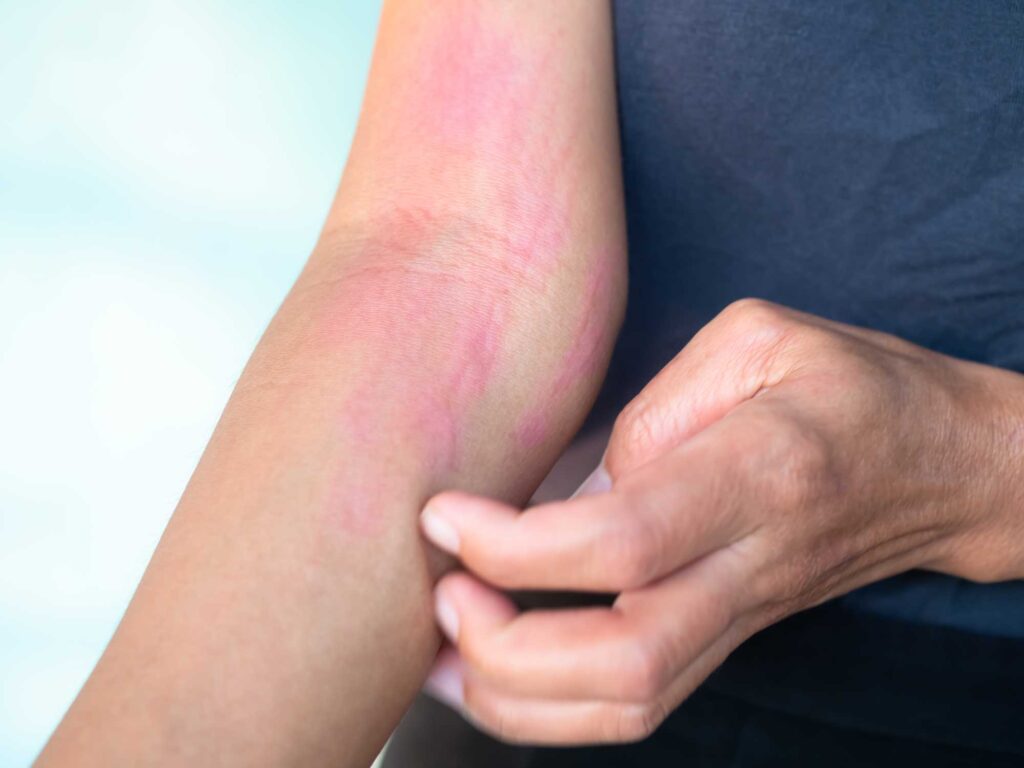
Bringing It All Together
Calming skin inflammation rarely hinges on a single miracle ingredient or one‑time fix; instead, success grows from a constellation of considerate choices repeated day after day. Choose cleansers that respect skin’s protective lipids, follow them with replenishing hydrators, and crown the routine with a cushion of ceramides and essential fatty acids. Lean on gentle actives like niacinamide and green tea rather than aggressive acids during recovery phases. Support topical care with sufficient sleep, mindful breathing, and an antioxidant‑rich diet that steadies internal chemistry. When intense flares strike, reach for a cooling compress or a brief steroid course under supervision, then return to barrier‑building basics. Over time, these steps teach the skin to whisper rather than shout, restoring a natural radiance that feels as comfortable as it looks.

